Hot-rolled steel
Hot-rolled steel
Einführung in Hot-rolled steel
Beim Verständnis der Stahlproduktion und des Stahlhandels ist der Begriff Hot-rolled steel oder heißgewalzter Stahl ein wichtiger Faktor. Einfach ausgedrückt ist Hot-rolled steel Stahl, der erhitzt und dann in verschiedenen Formen gewalzt wird, während er noch heiß ist.
Produktion von Hot-rolled steel
Die Herstellung von Hot-rolled steel beginnt mit dem Rohkohlenstoffstahlmaterial, das auf eine hohe Temperatur erhitzt wird. Die Wärme macht das Material flexibel und formbar. Danach geht das heiße Material durch Walzen, die den Stahl in die gewünschte Form pressen, beispielsweise in Platten, Streifen oder Balken.
Eigenschaften von Hot-rolled steel
Hot-rolled steel hat bestimmte Eigenschaften, die ihn von anderen Arten von Stahl unterscheiden. Er ist weniger präzise als kaltgewalzter Stahl und hat eine rauere Oberfläche. Er ist jedoch auch weniger teuer in der Produktion und flexibler, da er bei hohen Temperaturen geformt werden kann. Das lässt Hot-rolled steel zu einer guten Wahl für große Bauprojekte machen, bei denen Budget und Flexibilität von Bedeutung sind.
Nutzung von Hot-rolled steel
Wegen seiner Genauigkeit und Flexibilität ist Hot-rolled steel in vielen Industriezweigen sehr gefragt. Er wird oft für die Herstellung von Schienen, Rohrleitungen und I-Trägern verwendet. Außerdem ist er in der Automobilindustrie sehr gebräuchlich – für die Produktion von Karosserieteilen, wie Türen und Kotflügeln. Als eine Grundform von Stahl stellt Hot-rolled steel ein wichtiger Faktor im Metallhandel dar.
Blog Posts with the term: Hot-rolled steel
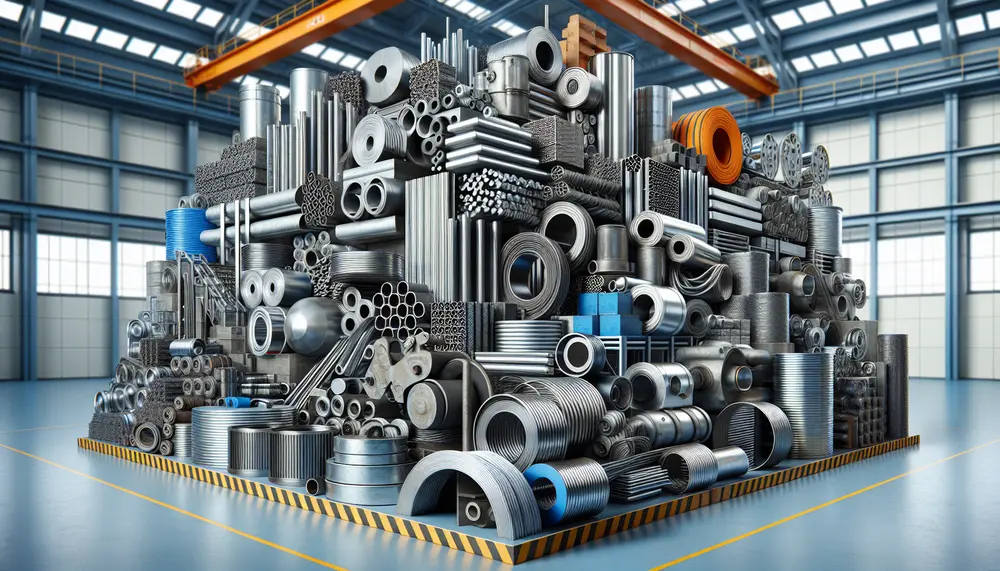
The article provides an in-depth look at the role of steel products across various industries, highlighting their diverse applications and importance. It covers the basics of steel production, compares uses in different sectors, explains differences between hot-rolled and cold-rolled steel,...
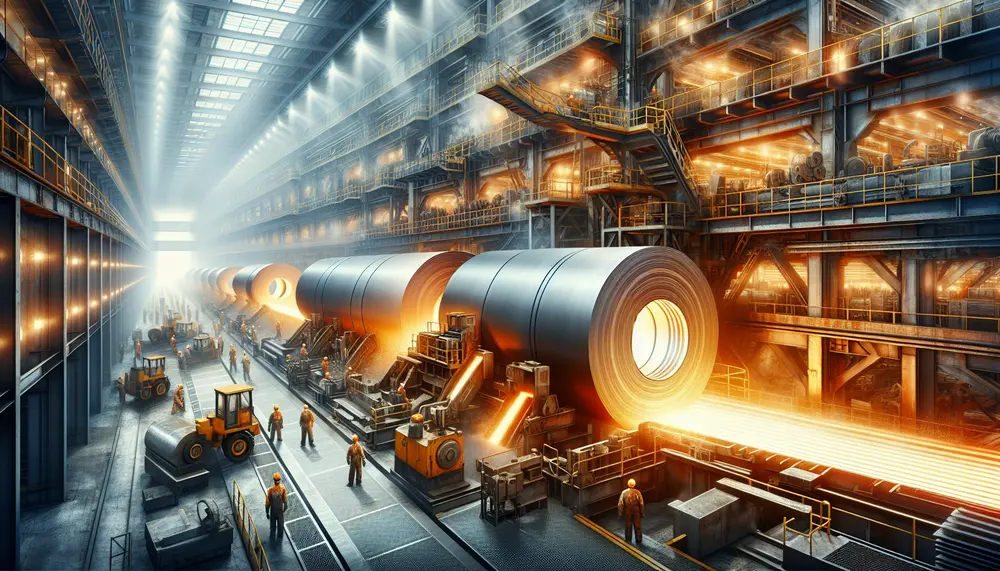
Steelmaking rolling is a crucial process that transforms raw steel into various usable forms by passing it through rollers to reduce thickness, improve uniformity, and achieve specific mechanical properties. The article details the stages of hot and cold rolling, the...
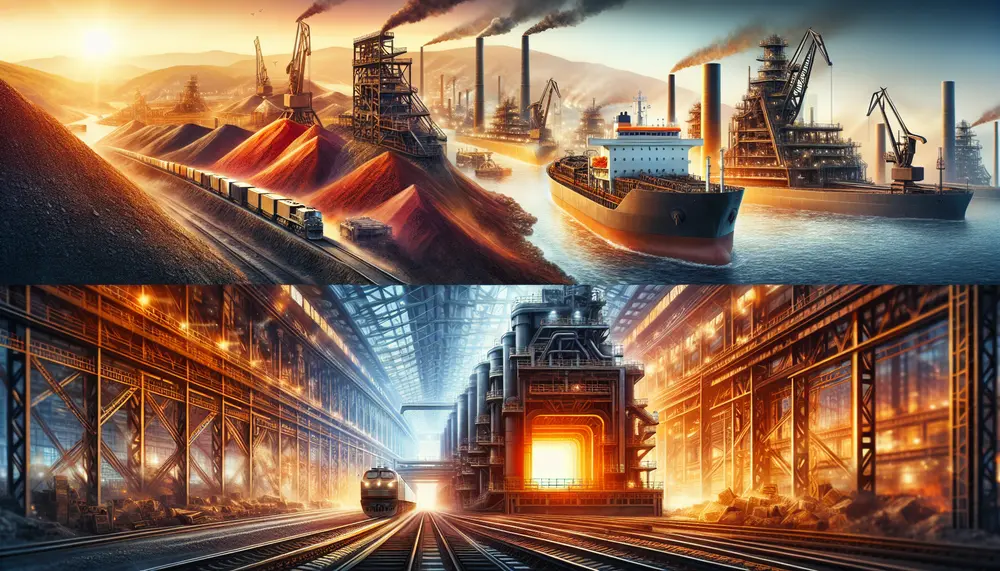
The steel making process transforms iron ore into a vital and robust material through complex technical procedures, reflecting human ingenuity and progress. This journey from extraction to the final product involves meticulous steps including smelting in blast furnaces, oxidation for...
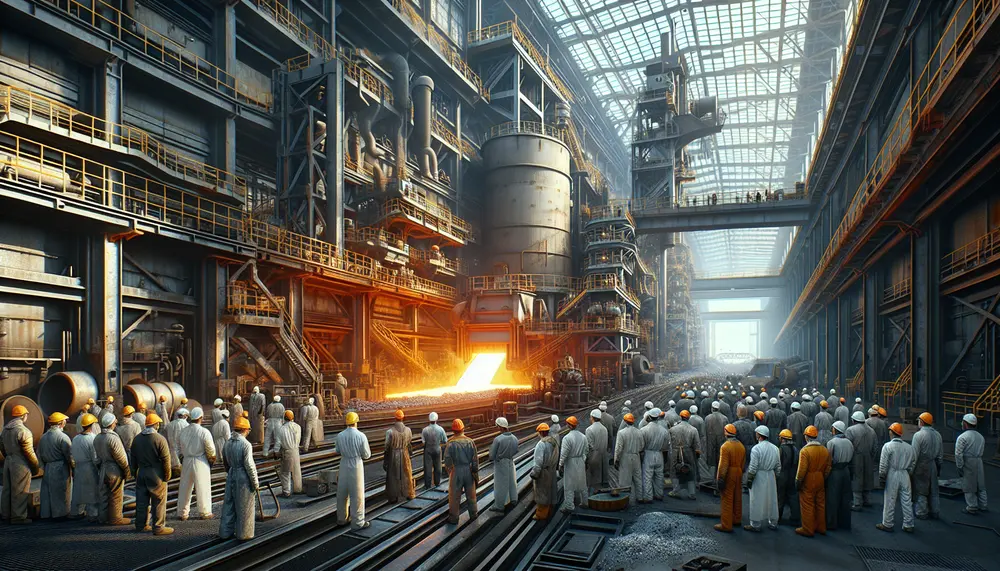
The article provides an in-depth look at the steelmaking process, covering its history from ancient methods to modern techniques like the Bessemer and Siemens-Martin processes. It details key stages such as raw material preparation, primary and secondary steelmaking, casting, shaping,...
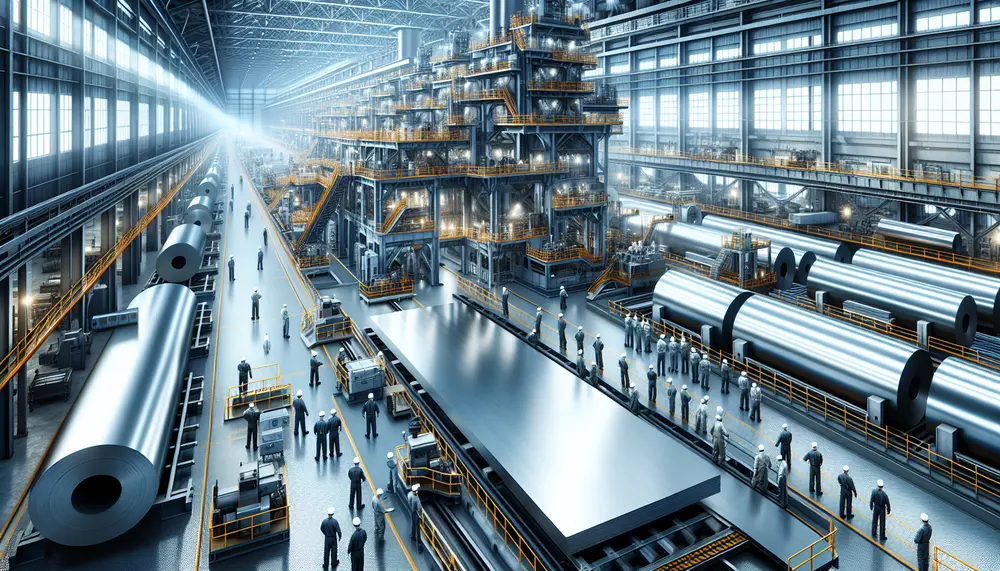
Flat steel products, including sheets, plates, and coils, are essential in industries like construction and automotive due to their versatility, strength, and cost-effectiveness; they undergo processes such as hot rolling for basic shaping and cold rolling for precision applications....
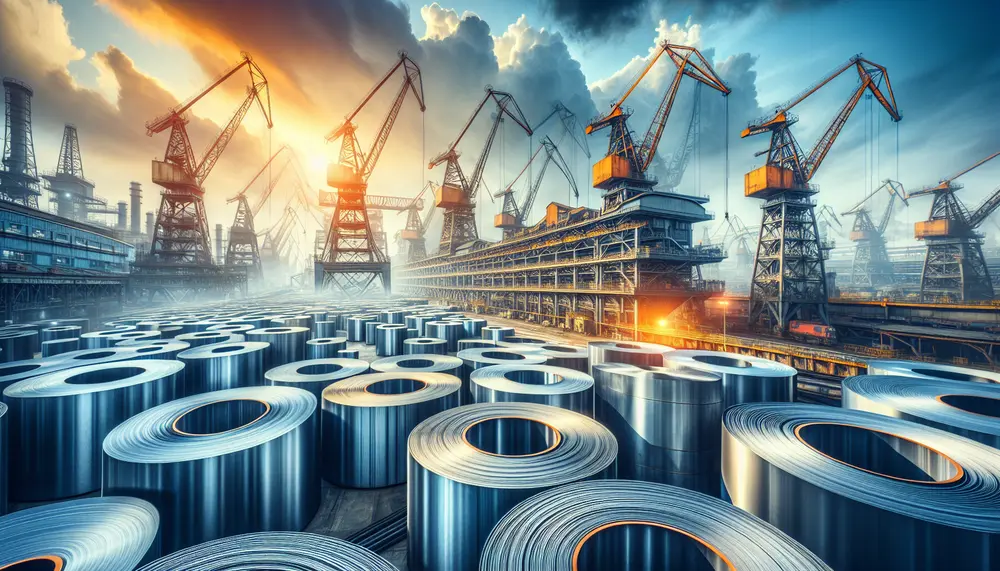
Forecasting steel production is crucial for planning in industries and governments, involving analysis of economic indicators, market trends, and geopolitical factors to predict future output. Accurate forecasts are vital as they inform decision-making processes across various sectors by anticipating supply-demand...
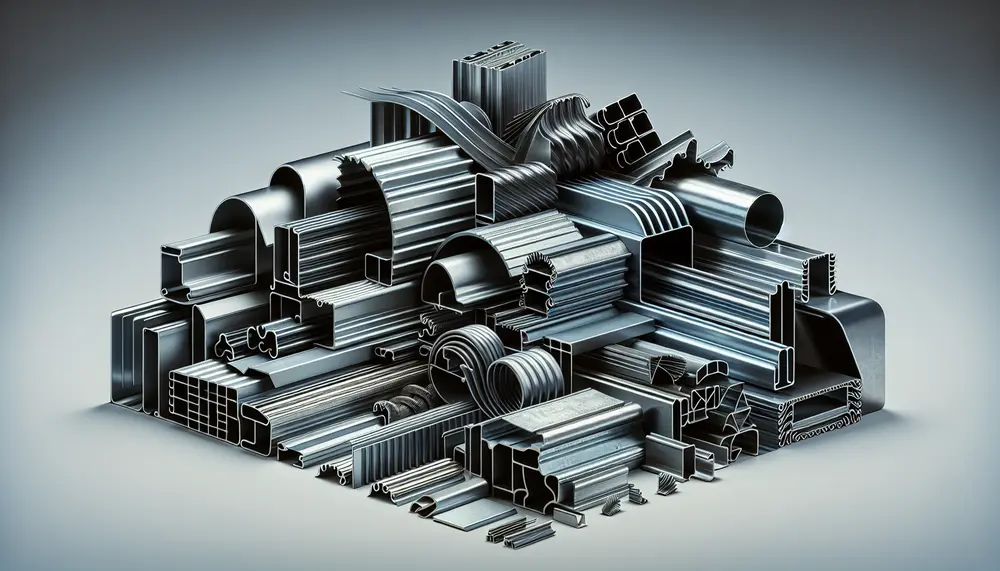
Steel rollformed products are essential in construction and manufacturing, offering versatility and precision through a process called roll forming. This method efficiently creates uniform steel parts with high strength, suitable for various applications including building components and automotive parts....
